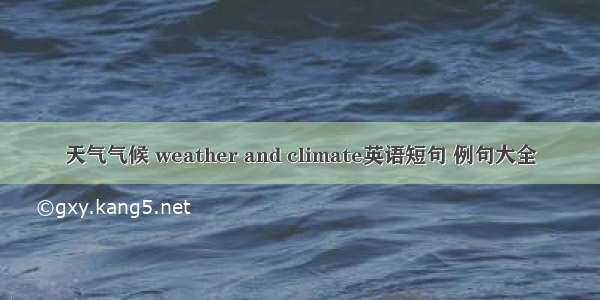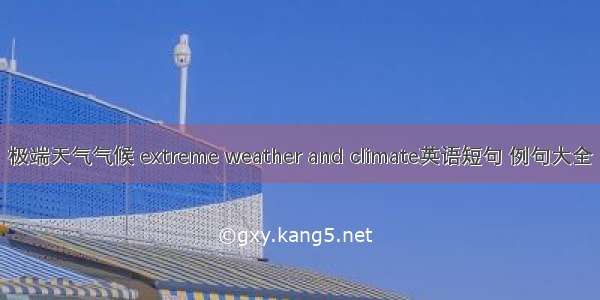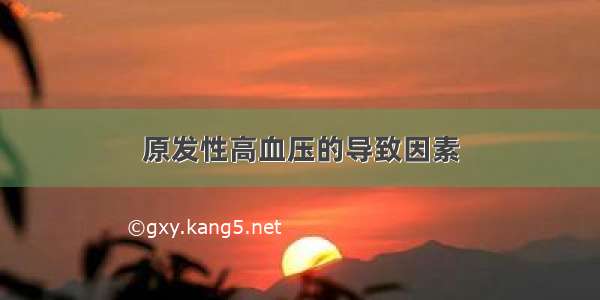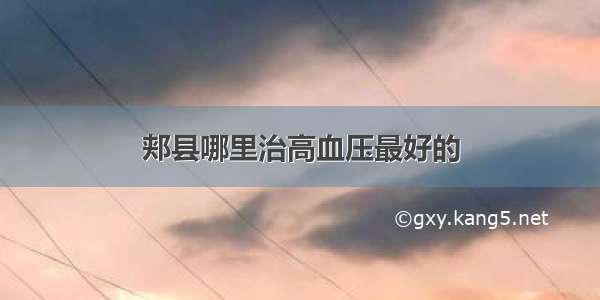
一、成都气候特征
成都市属亚热带湿润季风气候区。由于地理位置、地形和下垫面等地理条件的影响,又具有显著的垂直气候和复杂的局地小气候。平原丘陵区属四川盆地中亚热带湿润和半湿润气候区,气候温和、四季分明,无霜期长、雨水充沛、日照较少。山区属“盆周山地”凉湿气候区,其中海拔1300米以上的中低山气候冷凉,由夏短冬长到冬长无夏,热量不足雨水偏多,云雾常笼罩,终年阳光少,海拔3000米以上高山区,气候寒冷、无霜期长、光照多,属高山气候,形成了“春长温不高,夏短光照弱,秋凉雨绵绵,冬寒霜雪多”奇异的山区气候特点。
二、气候要素(1990年—)
1、成都气温
(1)年、月平均气温
全市平均气温为15.6~16.9℃,冬季平均气温为6.2~7.7℃,春季气温为13.6~15.1℃,夏季气温为23.2~24.6℃,秋季气温为16.3~17.6℃。最热月出现在7月,月平均温度达25.0~26.3℃,最冷月出现在1月,平均温度为5.0~6.2℃。
(2)成都极端气温
全市极端最高气温为35.5~37.7℃,普遍出现在7月;全市极端最低气温为-5.1~-3.6℃,大部分区市县出现在12月,少部分出现在1月。
(3)稳定通过10℃的初日出现在3月中旬,终日出现在11月下旬。
2、成都降水量
(1)年平均降水量
全市年平均降水量为759.1 ~ 1155.0毫米,其中,降水量达1000毫米的区市县有:崇州、都江堰、蒲江、邛崃、大邑。年内降水量变化呈单峰型。最多月出现在8月,月降水量为199.2~258.1毫米;最少月普遍出现在1月,月降水量为4.3~19.0毫米。春季降水量(3~5月)为121.2~208.1毫米,占全年的15~22%;夏季降水量为460.7~628.7毫米,占全年的50~60%;秋季降水量为135.9~286.2毫米,占全年降水量17~25%;冬季降水量为21.4~52.8毫米,占全年降水量4%左右。
(2)暴雨特点
全市年暴雨日数平均达2~4天,以7月、8月最多,平均达1天。暴雨初终期期分别出现在4月和9月。全市一日最大降水量达143.1 ~ 356.6毫米。
3、成都日照时数
年平均日照时数为825.7~1202.9小时,年总日照时数最多的是金堂,最少的是都江堰。全年以1月2月、12月为最少,其月日照时数为31.5~56.4小时,7月和8月日照时数最多达109.5~153.9小时。
4、湿度和蒸发量
(1)成都湿度
年平均相对湿度为79~84%,其中4~5月相对湿度普遍出现在80%以下,其余月相对湿度出现在80%以上。
(2)蒸发量
年平均蒸发量为841.1 ~ 1066.1毫米,其中,都江堰、彭州、蒲江年蒸发量不足900毫米,温江、郫县、龙泉驿、双流、新都、成都、金堂年蒸发量大于降水量。蒸发量最多的月份出现在5月,月蒸发量为115~152.1毫米,蒸发量最少的月份出现在12~1月,月蒸发量为24.7~33.1毫米。
5、风
全市大部分地区的主导风向为NE 和NNE,都江堰为NW,占全年7~11%,静风频率占全年32~55%。
6、雪
全市平均降雪天数为2~4天,其中郫县为4天。
7、阴晴天数
全市晴天日数(日平均总云量<2成)为10~19天。阴天(日平均总云量〉8成)的日数为18~23天.。
三、成都四季气候特点:
春季:气温回升较早,对林木和小春作物生长有利,但忽升忽降不稳定,易出现持续低温,影响大春作物适时播种。
初夏:温度适中,日温差较大。
盛夏:夏热多雨、光照强。
秋季:秋短阴凉多绵雨的天气和秋长秋高气爽的天气都有出现。
冬季:冬无严寒,对小春和畜牧生长有利,连续的多雾天气对交通航运影响较大,冬干、寡照比较明显。
Located in the bordering areas of the Sichuan northwest highland and Sichuan basin, Chengdu has its own climatic features. First, the eastern part of the city is different from western part in climatic zone, due to the abrupt change of the height from the east to the west. In Chengdu, generally speaking, the west is cool while the east is warm at the same time. Even in the same mountain, the foot of hill is several degrees higher in temperature than that on the top of the hill. This dramatic change in temperature is favorable for the agricultural development. Second, the winter in Chengdu is short, with a long frost-free period of over 337 days each year. The annual average temperature is around 16.4 degree. Even in the cold January, the average temperature is some 5.degrees. It rarely snows. Compared with other areas of the Changjiang River, it is 2-3 degrees higher. Third, there is not much precipitation in winter and spring while it is affluent in summer and autumn with the total precipitation volume of 1,124 centimeters. And this figure is comparatively stable, the ratio of the year with most rainfall and the year with least precipitation being 2:1. Fourth, the climatic elements of light, water and heat almost occur in the same season, which is a very favorable combination to the growth and propagation of the vegetation. Fifth, the wind speed is low. On the plain and in the mountainous areas, the normal speed of wind is around 1 to 1.5 meters per minute. The total sunshine hours average 1,042 to 1412 each year.














